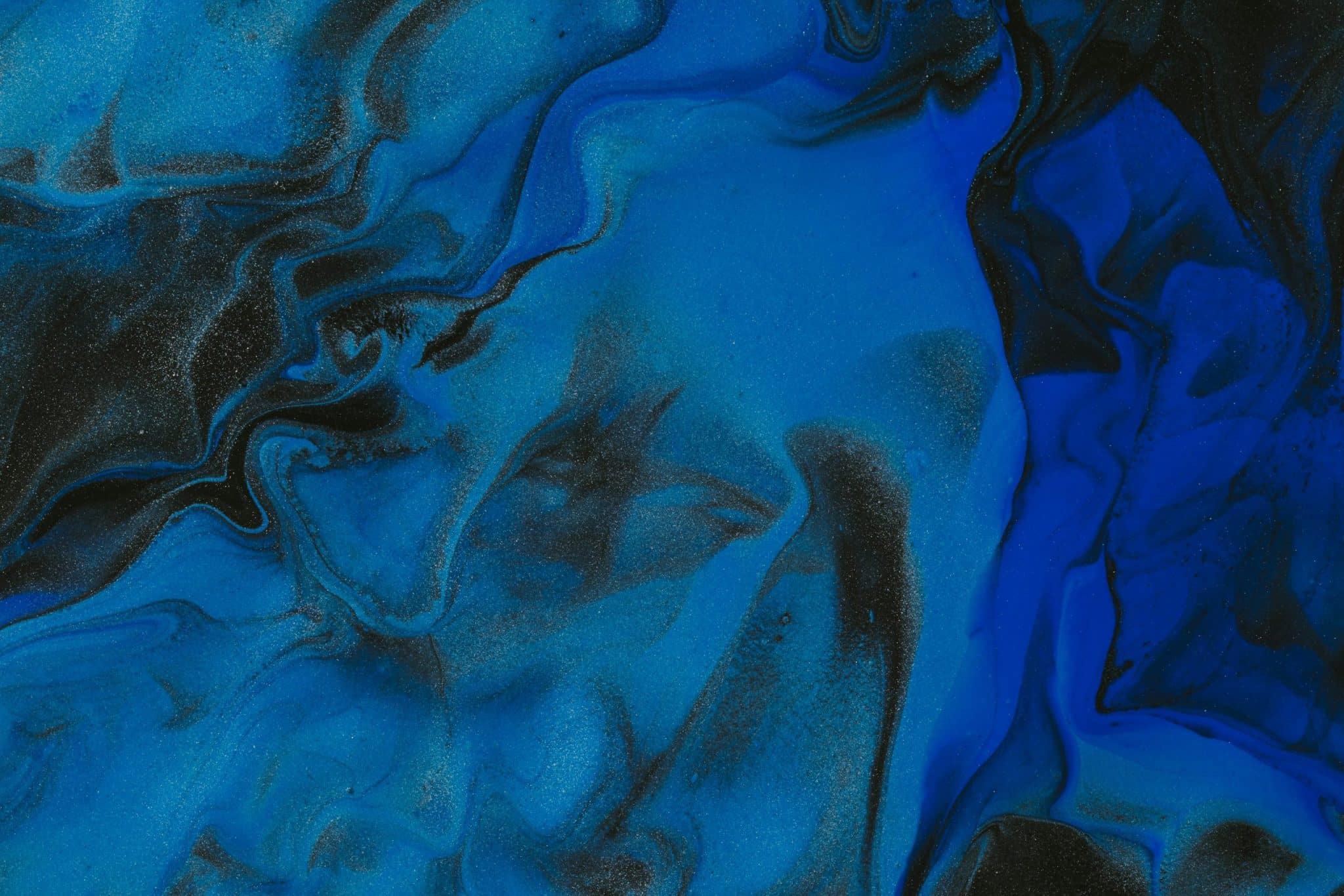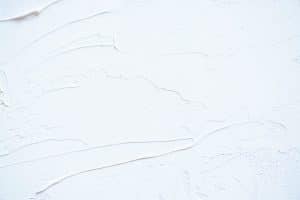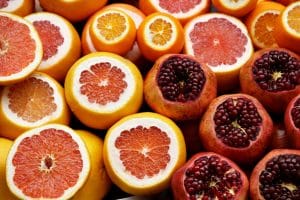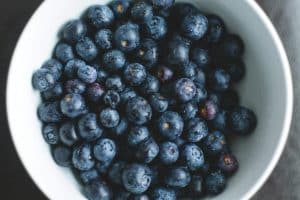Aquafaba Mastery: Whipping Chickpea Liquid into Meringue Magic
If you’re a vegan or looking for an egg-free alternative, you’ve probably heard of aquafaba, the magical liquid left behind from a can of chickpeas. But did you know that this humble ingredient can also be whipped into a velvety meringue, just like egg whites? Aquafaba mastery is all about harnessing this plant-based miracle to create decadent desserts that are just as light and airy as their traditional counterparts. In this article, we’ll delve into the science behind aquafaba and share tips and tricks to perfect your meringue magic. So let’s get whipping!
The Science of Aquafaba
Aquafaba, which literally means “bean water” in Latin, is the viscous liquid leftover after cooking chickpeas or after draining a can of chickpeas. This liquid contains carbohydrates, proteins, and soluble plant fibers, all of which contribute to its unique ability to mimic egg whites when whipped. The key protein in aquafaba is albumin, which has similar structural properties to egg white proteins and helps create a foam when beaten.
When whisked or whipped, the proteins in aquafaba unfold and form bonds, trapping air bubbles in the process. This creates the signature airy texture of egg whites, making aquafaba the perfect substitute in recipes that require whipped egg whites, such as meringues, macarons, and even marshmallows.
Whipping Aquafaba into Meringue Magic
Choosing the Right Aquafaba
The key to successful aquafaba whipping is using the right liquid. While some home cooks prefer to use the liquid from homemade cooked chickpeas, canned aquafaba is more reliable as it has a consistent concentration of proteins. When selecting a canned chickpea brand, opt for ones with low sodium and no added preservatives, as these can affect the flavor of the aquafaba.
Preparation
Before you start whipping, it’s essential to prepare your aquafaba properly. Start by draining the chickpeas in a fine mesh strainer over a large bowl to collect the aquafaba. Allow the liquid to sit for 10-15 minutes to reach room temperature, as cold aquafaba will not whip as well. You can also add a pinch of cream of tartar or a few drops of lemon juice to help stabilize the foam.
Whipping
Now comes the fun part – whipping your aquafaba into meringue magic! You can use a hand mixer, stand mixer, or even a whisk, but keep in mind that whipping aquafaba takes longer than traditional egg whites, often up to 10 minutes. Start at a low speed and gradually increase to medium-high as the foam forms. The aquafaba is ready when it forms stiff peaks and holds its shape. Avoid over-whipping, as this can cause the foam to collapse.
Using Aquafaba in Recipes
Once you’ve mastered the basics of whipping aquafaba, the possibilities are endless. You can use it in sweet or savory recipes that require egg whites. For meringues, you can add sugar and vanilla extract as you would when making traditional meringues. You can also experiment with adding different flavors and colors, such as cocoa powder or food coloring, to create unique desserts. Aquafaba can also be used as a binder in recipes like pancakes and waffles.
Troubleshooting
If you’re not quite getting the hang of whipping aquafaba, don’t worry, it takes practice. Here are some common issues and tips to overcome them:
The foam won’t form stiff peaks
If your aquafaba is not whipping up to a foam, it could be due to a few reasons. First, make sure you’re using a metal or glass bowl, as plastic or ceramic bowls can have oils or residues that can affect the foam formation. Also, make sure there is no water or moisture in the bowl, as this can prevent the foam from forming. Lastly, make sure you’re using the correct type of whisk or beater, as some types are better suited for whipping aquafaba than others.
The foam is not stable
If your foam is not holding its shape or is deflating quickly, it could be due to inadequate whipping or over-whipping. Make sure you’re following the preparation and whipping guidelines mentioned earlier and don’t over-do it. You can also try adding a teaspoon of arrowroot powder or cornstarch to help stabilize the foam.
The meringue is too dense or chewy
If your meringue turns out too dense or chewy, it could be due to over-whipping, adding too much sugar, or using old or insufficient aquafaba. Always pay attention to the recommended whipping times for your specific recipe and add sugar gradually, so it doesn’t weigh down the foam. Fresh aquafaba works best for creating light and airy meringues.
In Conclusion
Aquafaba mastery is all about creating light and airy meringues with this humble ingredient. With the right technique and practice, you can achieve beautiful and delicious creations that are both vegan and gluten-free. So why not give it a try and invite the magic of aquafaba into your kitchen?










